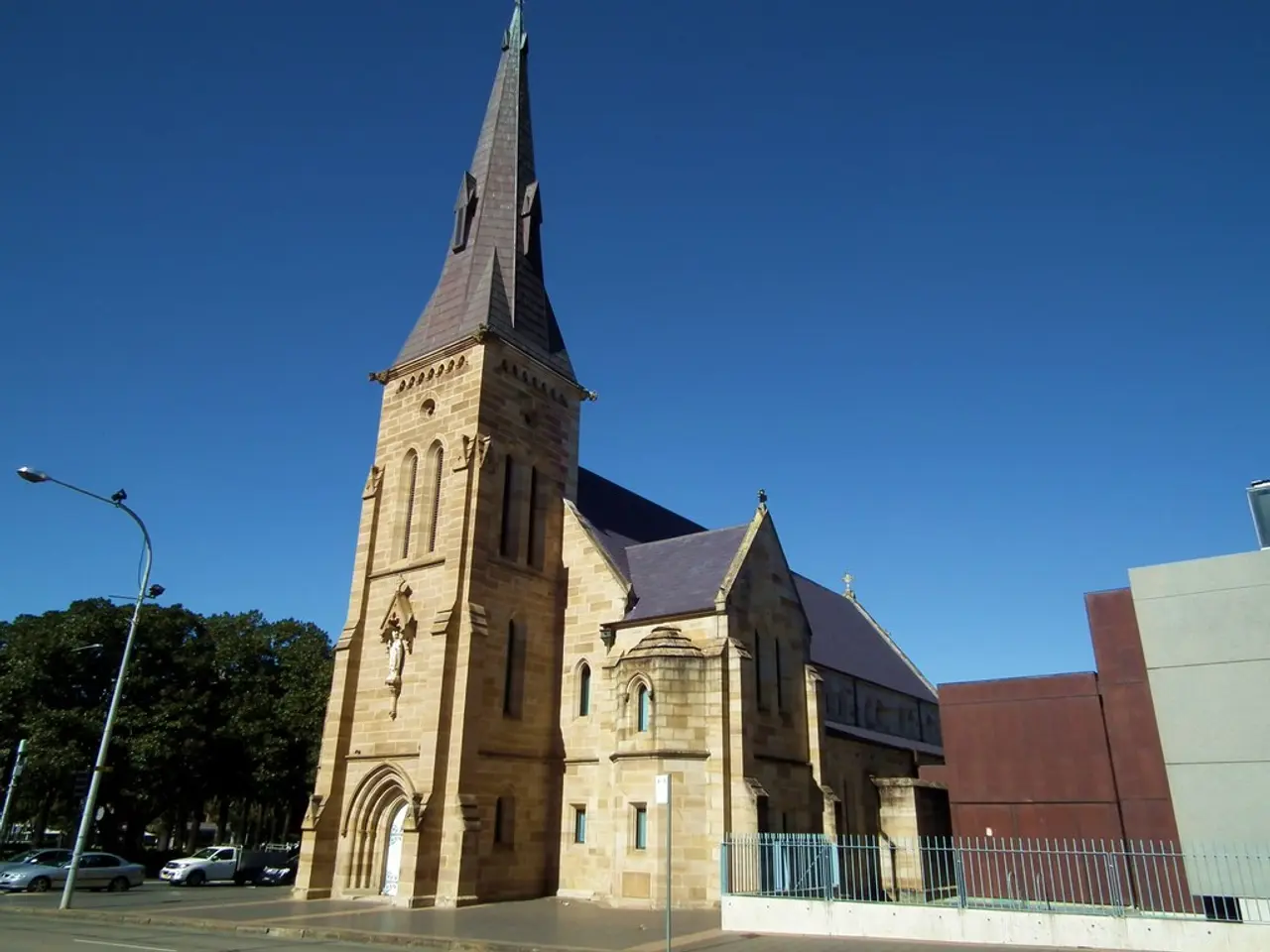Guide to Orchestrating an Exemplary Road Journey Through Utah's National Parks
Visiting Utah's five national parks - Arches, Canyonlands, Capitol Reef, Bryce Canyon, and Zion - is an unforgettable adventure for any nature enthusiast. Here's a guide to help you plan your campervan road trip from three major rental locations: Las Vegas, Salt Lake City, and Denver.
From Las Vegas (Nevada)
Day 1: Start by driving from Las Vegas to Zion National Park (approximately 2.5 hours).
Day 2: Spend a full day exploring Zion.
Day 3: Drive from Zion to Bryce Canyon National Park (approximately 1 hour 20 minutes).
Day 4: Explore Bryce Canyon, then drive to Capitol Reef National Park (about 2.5 hours).
Day 5: Spend the day exploring Capitol Reef.
Day 6: Drive from Capitol Reef to Moab (gateway to Canyonlands and Arches National Parks, about 2 hours 10 minutes).
Day 7: Explore Canyonlands National Park.
Day 8: Explore Arches National Park.
Day 9: Return to Las Vegas (around 6.5 hours). You can break this up with detours like Cedar Breaks National Monument or St. George if desired.
Key tip: Take the scenic UT-12 route from Bryce Canyon to Capitol Reef for spectacular views, even though it's longer than the UT-24 direct route.
From Salt Lake City (Utah)
Start by driving from Salt Lake City to Arches National Park (around 3.5 to 4 hours), which is typically the most convenient entry point to the region given flight and rental availability.
From Arches/Moab, visit Canyonlands National Park just minutes away. Then proceed westward to Capitol Reef (~2 hrs), followed by Bryce Canyon (~2.5 hrs), and finish at Zion National Park (~1.5 hrs). Optionally continue south to Las Vegas if desired, or return to Salt Lake City.
This route is convenient because Salt Lake City offers more vehicle rental options and direct flights. Renting a camper van here provides flexibility for hotel-free travel through the parks.
From Denver (Colorado)
Though less commonly used for visiting Utah’s Mighty Five, starting in Denver means heading west toward the Moab area first (about 5.5 to 6 hours). Begin your trip with Arches and Canyonlands National Parks near Moab. Then travel southwest to Capitol Reef (about 2 hours from Moab). Continue to Bryce Canyon (approximately 2.5 hours). Finally reach Zion National Park from Bryce (about 1.5 hours). End your trip driving south to Las Vegas or back east toward Denver.
From Denver, the route is longer and often used as part of a broader Rocky Mountain or Southwest trip, but it efficiently covers the Mighty Five moving generally west to southwest through Utah.
Summary Table of Key Distances and Routes
| From | First Park | Major Route Highlights | Total Approx. Drive Time (excluding exploring) | |------------------|----------------------|------------------------------------------------|-----------------------------------------------| | Las Vegas | Zion | Zion → Bryce → (scenic UT-12) → Capitol Reef → Moab (Arches/Canyonlands) → Las Vegas | ~15-17 hours (loop) | | Salt Lake City | Arches | Salt Lake → Arches → Canyonlands → Capitol Reef → Bryce → Zion | ~13-15 hours (point-to-point) | | Denver | Arches (via Moab) | Denver → Moab/Arches → Capitol Reef → Bryce → Zion → Las Vegas or return east | ~20+ hours (longer drive) |
Additional Considerations
- Campervan travel is ideal on all routes for flexibility and cost savings on lodging.
- Utah scenic byways such as Highway 12 between Bryce Canyon and Capitol Reef are highly recommended for views and unique stops.
- The American the Beautiful Pass is economical if visiting multiple parks (entry fee typically $20 per park otherwise).
- From these cities, flights into Salt Lake City generally offer more car rental options and prices compared to smaller regional airports near Moab.
- Embarking on a campervan road trip presents an opportunity for an outdoor adventure and exploration of national parks.
- Campgrounds in the national parks offer ideal overnight stays during the road trip for a complete lifestyle experience.
- The fashion-and-beauty choices for outdoor activities are diverse, ensuring one looks stylish while camping.
- Food-and-drink options can be carefully planned for the road trip to maintain a balanced diet and enjoy local flavors.
- Home-and-garden stores cater to camping essentials, ensuring all necessary camping gear is prepared before the trip.
- Pets can be part of the road trip as well, with pet-friendly campgrounds available in most national parks.
- Travel agents and websites can help plan the road trip itinerary for a stress-free adventure.
- Sports enthusiasts can engage in various activities at the national parks, such as hiking and rock climbing.
- Keep an eye on the weather forecast while planning the road trip, as weather conditions can impact the overall experience.




